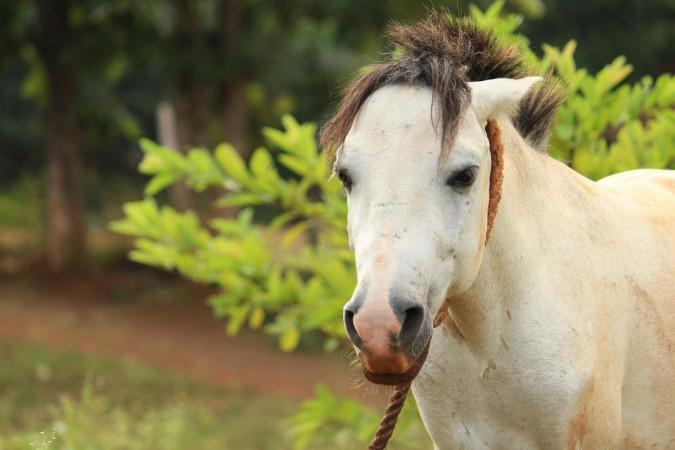
The city of Pompeii was destroyed by volcanic ash from Mount Vesuvius in the year 79 A.D. When the site was rediscovered in 1748, explorers had found buried buildings, artefacts, skeletons and now a horse.
The horse's remains were found in a large villa in Civita Giuliana, a suburb of Pompeii north of the city walls. The site was excavated to prevent looters from digging a tunnel underneath the villa and preserve the heritage before it was ransacked.
Following a technique known as Fiorelli process, archaeologists have been able to take impressions of the animal's body. Fiorelli process involves pouring plaster into the cavities left after the body is decomposed. Once the structure is remade, experts can CT scan these plaster casts to understand the bones inside better.
This process was used on human remains discovered from the Pompeii city.
After Fiorelli process, archaeologists have found a great deal about horses that existed 2000 years back. Here are few characteristics:
Ancient horses were smaller than their modern counterparts. At the withers, these animals were just 150 centimetres (around 60 inches).
"We must bear in mind that the ancient horses were probably smaller than the current ones...The horse of Civita Giuliana has considerable dimensions, for the time, which could suggest the existence of highly selected individuals in the area of Pompeii in 79 [CE]," wrote authorities, according to pompeiisites.org.
The area in which the ancient carcass was found contained a trough and harness made from iron and bronze were found lying near the head, suggesting that the horse was a valuable animal.
Researchers are also pretty sure that the remains belong to a horse and not to a donkey or a mule because an impression of its left ear is imprinted on the ground. A second horse was also discovered, but its cavity was partially destroyed by a landslide.
From these finds and the impression of the ear, the researchers suggest that the animal was one of the noblest categories.
The archaeologists are planning to scan the plaster cast of the horse to learn more about the animal, like age and health status at the time of death.










